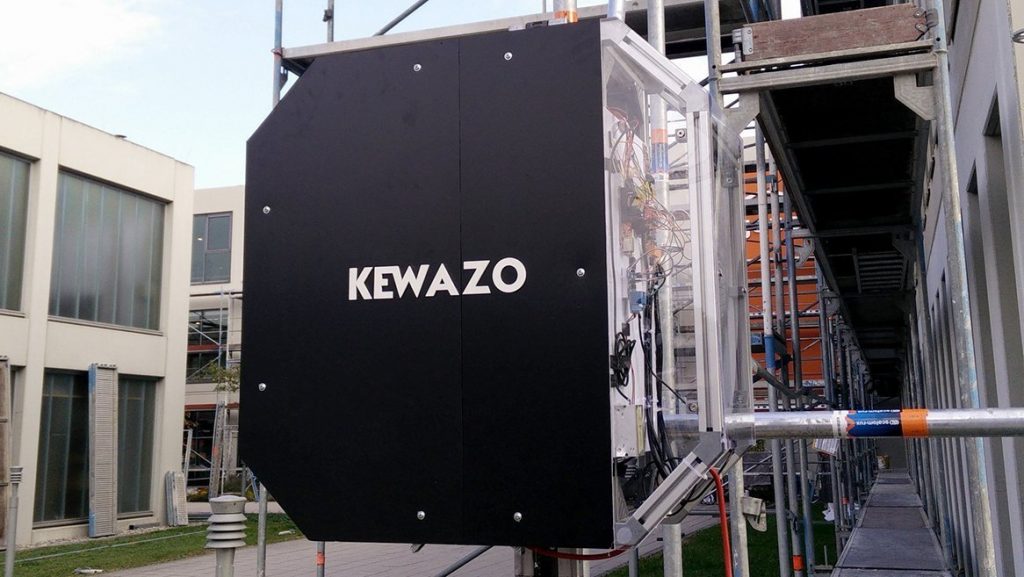Pushing the Boundaries of Scaffold Design: #BeatMyScaffold2025 Recap
This year’s #BeatMyScaffold2025 contest brought forward an impressive display of creativity, technical skill, and innovative scaffold solutions. The contest invited… Read More

The digital transformation of the construction industry has drastically improved productivity growth on a global scale. And it’s exciting news for us!
For an industry that accounts for 6% GDP worldwide, construction players have been rather slow in technology adoption. However, the rising impact of construction technologies has opened new doors for digital transformation across the sector.
Global demand for industrial automation reached $158.5 billion in 2018 after decades-long neglect of digitalization. (source)
According to a report by The Boston Consulting Group and World Economic Forum, organizations are already exploiting technological innovations to improve project success, energy consumption, and waste management, while overcoming budget constraints and labor shortage.
And the most prominent opportunities come from shifting labor to robots.
Many construction sites are deploying robotics to perform various types of work, including:
Today, we’re thrilled to welcome the arrival of a new scaffolding robot!
Developed by Kewazo and Infineon Technologies, the first generation of scaffolding robot aims to improve on-site scaffolding assembly by delivering components and materials to workers.
How does it achieve that?
The Kewazo robot can move along a scaffold on a special track attached to the tubes. Enabled by its machine learning algorithm, the robot can familiarize itself with its surroundings to easily find the shortest path to assist human workers wherever they are.
Automated assembly is proven to save labor costs by at least 33% and simultaneously increase construction speed up to 42%, according to Kewazo. Most importantly, the company’s solution is believed to solve scaffolding safety issues, now that robots can be used for dangerous activities such as erecting scaffold.
Kewazo is working on a variety of robotic applications such as roofing, scaffold automation, solar panels installation, and more. With the large-scale application of robotics, it is now possible to generate more data related to materials and equipment, labor productivity, as well as process optimization. Imagine the future of a robotic scaffold builder!
Coupled with other emerging technologies like artificial intelligence and augmented reality, robotics promise to unlock an exciting new future in the construction industry.
Beyond the current investment in automation, we also see the benefits of wearable devices to aid on-site activities; Avontus Designer®, Avontus Viewer®, and Avontus Quantify® to assist in planning, designing, and managing scaffold; and many more technologies that are emerging.
From increasing worker safety and productivity to improving building quality for end-users and reducing environmental impact, the digital transformation of construction holds exciting promises for the future.